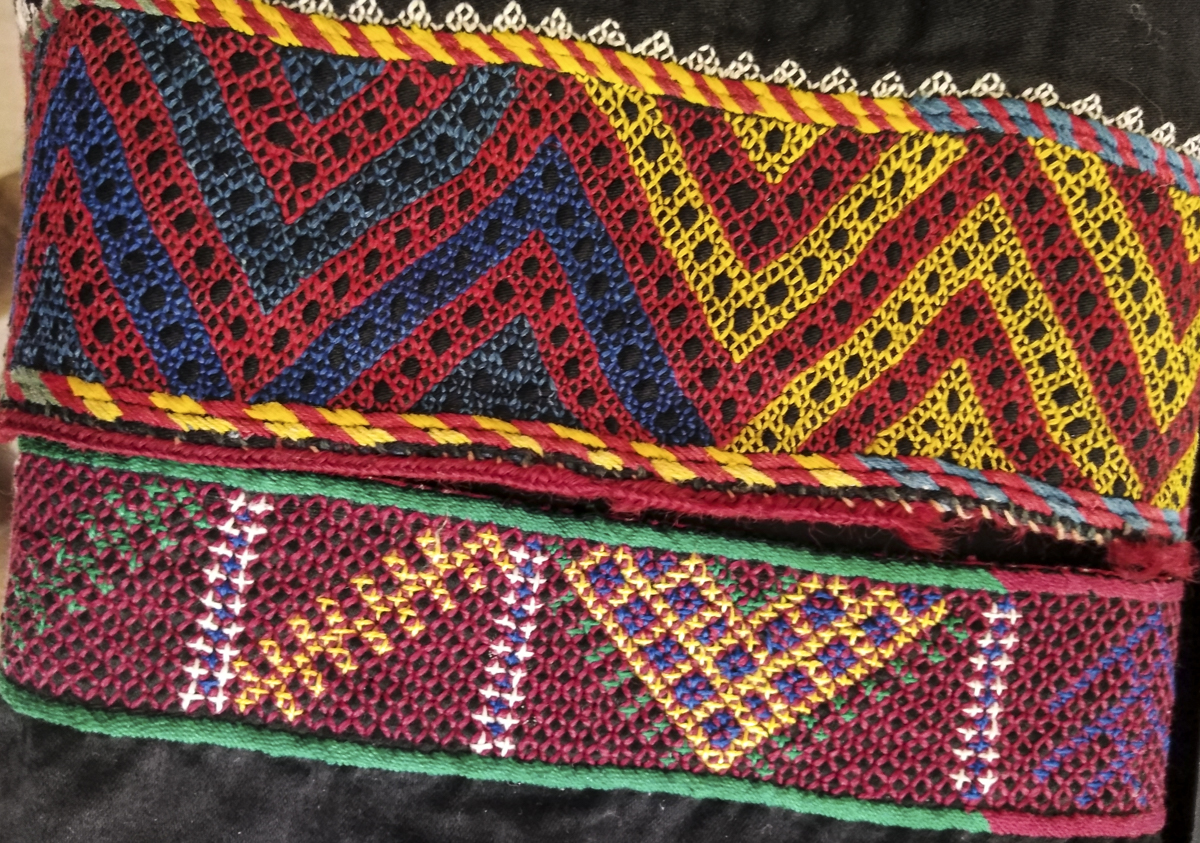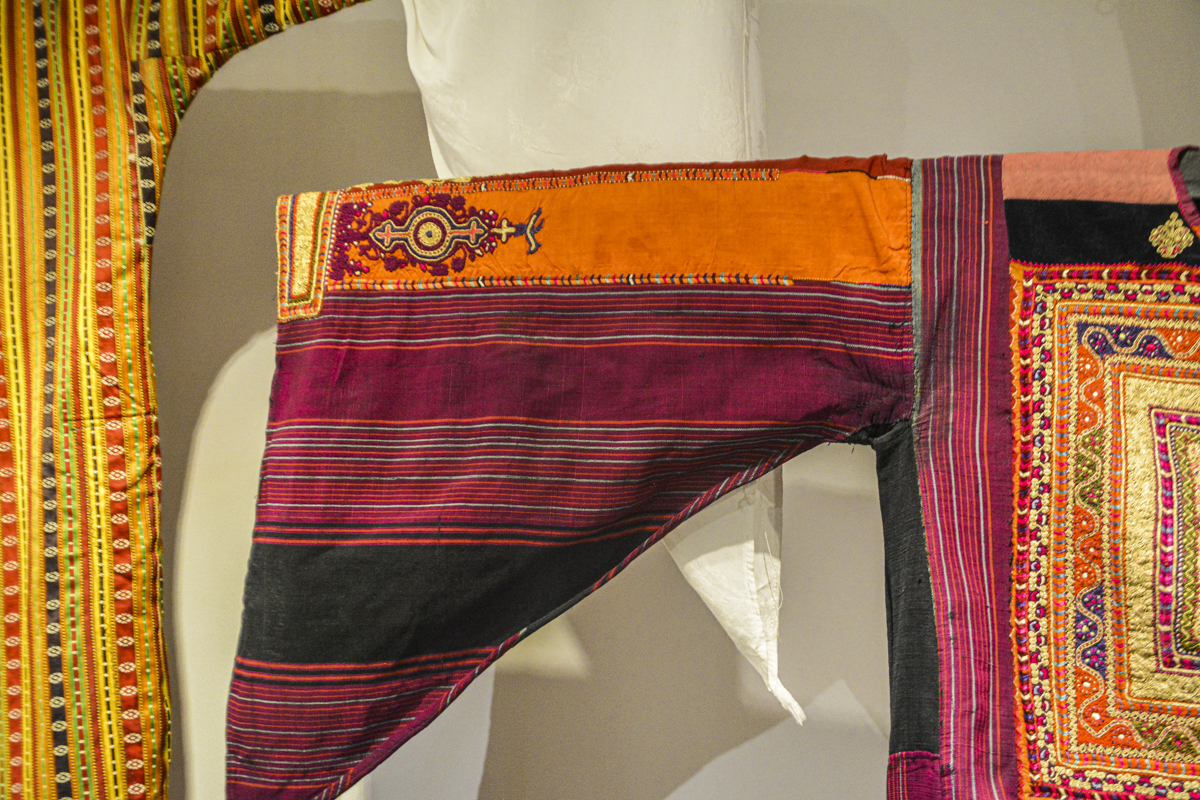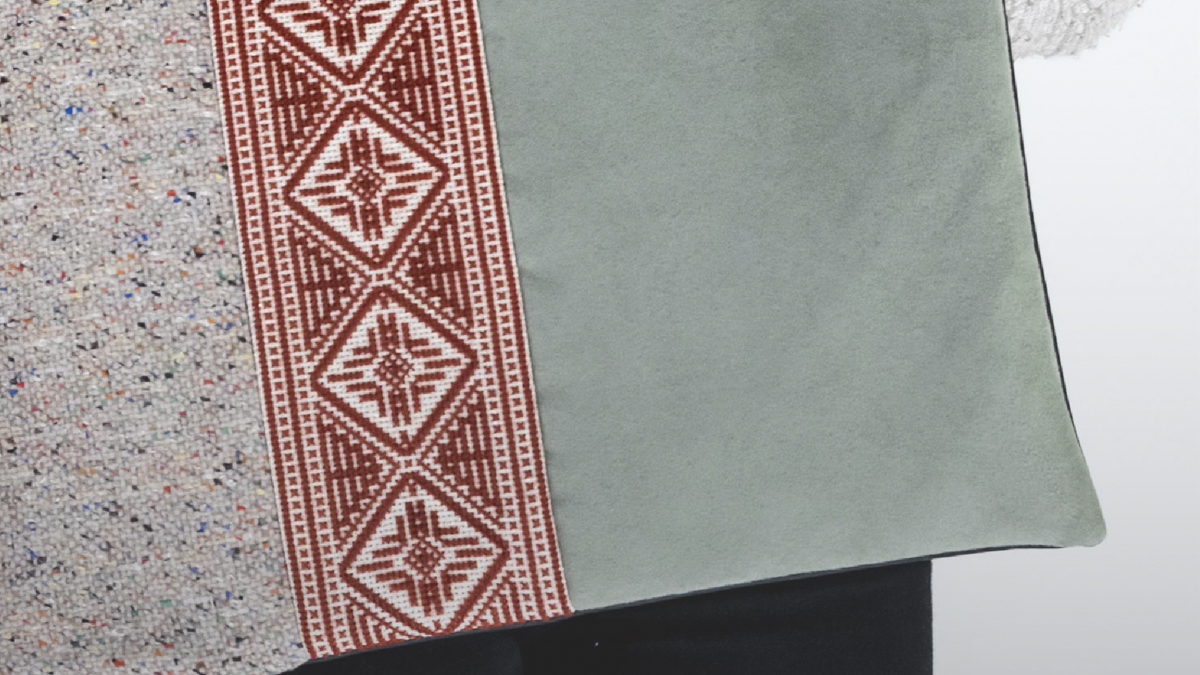
“I Was Raised Under the Trees”: Olive Harvest in Jordan
STORY BY HEATHER M. SURLS
PHOTOS BY ISABELLE BERNARD & HEATHER M. SURLS
Outside the northern Jordanian city of Ajloun, I sat cross-legged in Wael Rabadi’s olive grove, stripping ripe olives from just-pruned branches. Looking up from the work in my hands, I could see olive trees and oaks, grapevines and stone walls blanketing the hills in all directions. Eighteen hundred years ago, Rabadi’s ancestors owned this whole area, including the prominent hilltop behind me crowned by the centuries-old Ajloun Castle.





